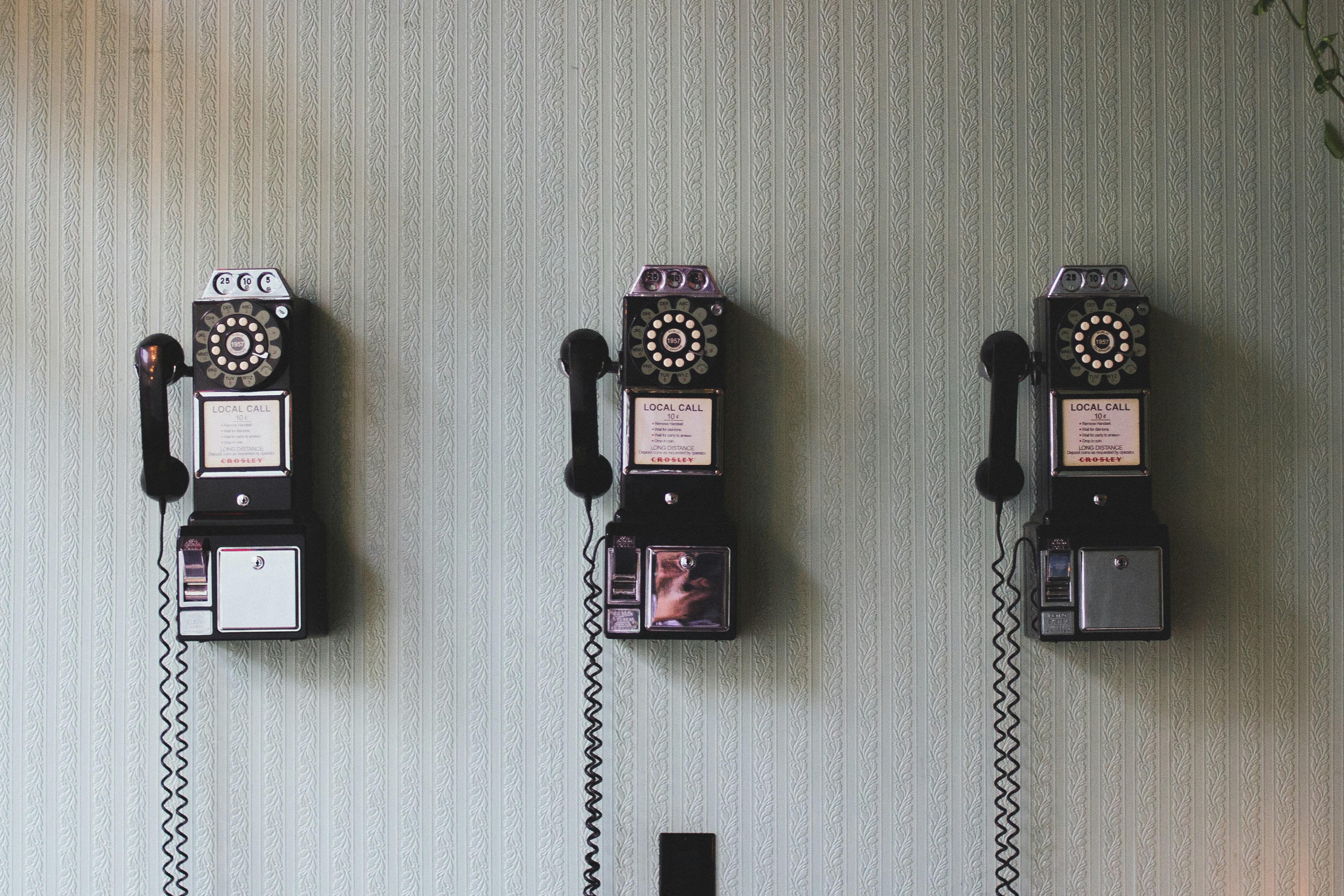In the symphony of relationships, communication is the melody that binds the harmony. Yet, as time weaves its intricate patterns, even the most melodious connections can falter, creating dissonance where there once was concord. As we step into a new year, the opportunity to refine and revitalize our conversations with loved ones presents itself anew. Whether your dialogues have become routine or misunderstandings frequent, this guide offers a pathway to deepen your connection and foster clarity. Join us as we explore practical strategies to enhance the dialogue with your partner, transforming everyday exchanges into meaningful interactions. Emotional Cues for Deeper Connection”>
Emotional Cues for Deeper Connection”>
Understanding Emotional Cues for Deeper Connection
Recognizing and interpreting emotional cues can transform how you connect with your partner. Often, what’s left unsaid is just as important as the words spoken. Pay attention to non-verbal signals such as body language, facial expressions, and tone of voice. These subtle cues can provide insight into your partner’s feelings and thoughts.
- Body Language: Notice if they lean in when talking, or if their arms are crossed, indicating openness or defensiveness.
- Facial Expressions: A furrowed brow or a gentle smile can convey concern or affection.
- Tone of Voice: Listen for changes in pitch or volume that might reveal underlying emotions.
Understanding these cues requires patience and practice, but the payoff is a deeper, more empathetic connection. By tuning into these signals, you not only validate your partner’s feelings but also create a space where they feel heard and understood.
The Art of Active Listening in Daily Interactions
In the tapestry of relationships, the thread of active listening weaves connections that are both meaningful and profound. It’s more than just hearing words; it’s about truly understanding and engaging with your partner’s emotions and perspectives. To master this art, start by focusing on these key elements:
- Be Present: Eliminate distractions and dedicate your full attention to your partner. This simple act demonstrates respect and care.
- Reflect and Clarify: Mirror back what you’ve heard to ensure understanding. Phrases like “What I hear you saying is…” can foster deeper dialogue.
- Empathize: Put yourself in their shoes. Acknowledge their feelings, even if you don’t fully agree. Empathy builds trust and compassion.
- Ask Open-Ended Questions: Encourage your partner to share more by asking questions that require more than a yes or no response.
By embracing these techniques, you’ll not only enhance your communication skills but also strengthen the bond with your partner, creating a harmonious and supportive relationship environment.

Setting Boundaries to Foster Mutual Respect
Establishing clear boundaries is crucial for nurturing a relationship where both partners feel valued and heard. Boundaries act as guidelines that help maintain a healthy emotional space, preventing misunderstandings and fostering mutual respect. It’s important to approach this with empathy and openness, ensuring that both parties feel comfortable expressing their needs and limits.
- Communicate Clearly: Discuss what makes you feel uncomfortable and why, using “I” statements to express your feelings without placing blame.
- Listen Actively: Pay attention to your partner’s boundaries and respect their perspectives, even if they differ from your own.
- Regular Check-ins: Schedule time to revisit and adjust boundaries as your relationship evolves, ensuring they remain relevant and effective.
By setting and respecting boundaries, you create a safe space where both partners can thrive, ultimately strengthening your connection and enhancing communication.

Navigating Difficult Conversations with Empathy
When emotions run high, it can be challenging to communicate effectively with your partner. Empathy serves as a bridge, helping both parties feel understood and valued. Here are some strategies to infuse empathy into your conversations:
- Listen Actively: Focus entirely on your partner’s words without planning your response. This can foster a sense of connection and trust.
- Validate Feelings: Acknowledge your partner’s emotions, even if you don’t fully agree. Phrases like “I see why you feel that way” can go a long way.
- Ask Open-Ended Questions: Encourage deeper dialogue by prompting your partner to share more about their perspective.
- Reflect and Paraphrase: Summarize what your partner has said to show that you are truly listening and understanding their point of view.
By weaving empathy into your communication, you not only navigate difficult conversations more smoothly but also strengthen the bond with your partner.




